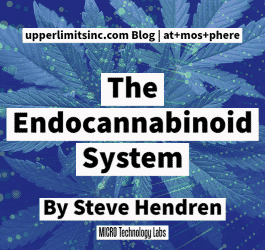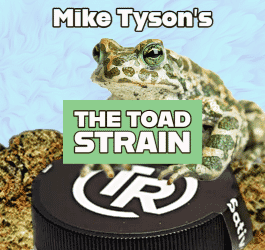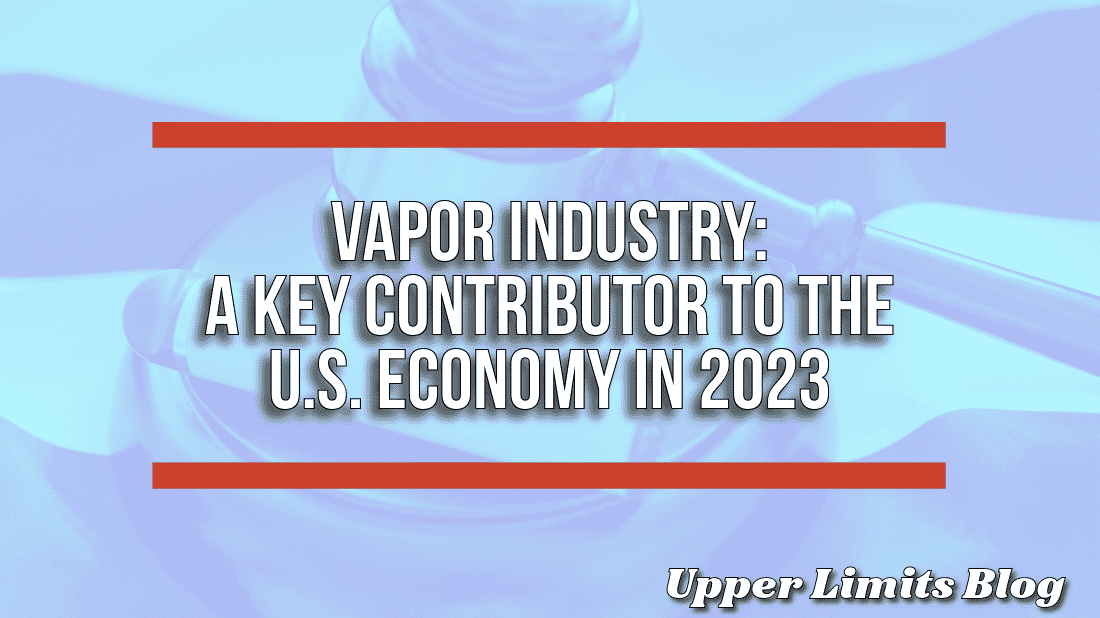What is the Endocannabinoid system (ECS) anyway?

![]()
Upper Limits on Medium:
https://link.medium.com/9sNhM6murgb
In this article, we are going to look into a 600 million-year-old system present in all living organisms: The Endocannabinoid System, or ECS.
Hi guys,
This is Steve from MICRO Technology Labs comin’ at ya with a big olé knowledge drop.
In this article, we are going to look into a 600 million-year-old system present in all living organisms: The Endocannabinoid System, or ECS for short. It’s going to be hard to keep this short, but I’ll do my best.
So, what happens when we consume cannabis? Why do we experience its effects?
To understand better, we need to go back to 1964 when Israeli scientists identified a group of compounds known as cannabinoids, the most popular of thesis being, delta-9-tetrahydrocannabinol, or “THC”. That discovery spawned a lot of research into these Phyto-compounds.
Cannabinoids are the therapeutically active substances in cannabis, and they lead to the discovery of the Endocannabinoid System in 1988.
So a vital part of this molecular level communication system between cells is naturally occurring compounds in the human body known as “endocannabinoids.”
Endocannabinoids are closely related to normal bodily functions in the nervous system and the immune system. Cannabinoids found in the cannabis plant, known as “Phyto-cannabinoids” can mimic endocannabinoids, or enhance the action of naturally occurring endocannabinoids. They mimic or enhance, the action of these naturally occurring endocannabinoids by fitting into specialized receptor sites found throughout the human nervous and immune systems. These receptors are known as CB1 and CB2.
CB1 receptors are found throughout the brain and central nervous system, as well as in the kidneys, liver, lungs, GI tract, and even the eyes. It is very interesting to note that CB1 receptors are absent from the basal regions of the brain that control vital functions, such as heart and respiratory function.
Thus, it is impossible to overdose on cannabis. CB2 receptors are found more in the peripheral organs related to immune function such as the tonsils, the thymus, the spleen, and the bone marrow. It is also found in smaller amounts in the brain.
Research on the ECS is growing exponentially, as this system is being implicated in numerous body functions, as well as in numerous disorders of the body.
Now, let’s really geek out here on two quotes from a well-published researcher on the Endocannabinoid System, Dr. Ethan Russo. Here is what an expert would write:
“The analgesic and palliative effects of cannabis and cannabinoid preparation have been amply reported over the past generation…. In essence, the effects result from a combination of receptor and non-receptor mediated mechanisms. THC and other cannabinoids exert many actions through cannabinoid receptors, G-protein coupled membrane receptors that are extremely densely represented in central, spinal, and peripheral nociceptive pathways.”
“Endogenous cannabinoids (endocannabinoids) even regulate integrative pain structures such as the periaqueductal gray matter. The endocannabinoid system also interacts in numerous ways with the endogenous opioid and vanillio systems that can modulate analgesia and with a myriad of other neurotransmitter systems such as the serotonergic, dopaminergic, glutamatergic, etc., pertinent to pain. The current author has suggested that a clinical endocannabinoid deficiency may underlie the pathogenesis of migraine, fibromyalgia, idiopathic bowel syndrome, and numerous other painful conditions that defy modern pathophysiological explanation or adequate treatment.”
So what does all of this mean? Well, let me give you just one example of how the ECS works.

What happens when we take Cannabidiol or CBD? How do Cannabinoids work?
When we use CBD products, what happens is that the CBD inhibits a certain enzyme that degrades or breaks down one of the body’s natural endocannabinoids called anandamide. Anandamide is very good for calming the brain, thus CBD’s efficacy for anxiety and some other mood and movement disorders. So when we take CBD, it helps us by allowing more of this anandamide to stay in our system.
So there you have it!
There is so much information on this, and so much to learn. One could spend days reading all of the information about this vital system in all living organisms, the Endocannabinoid System.
Article by and in memory of our good friend Steve Hendron, Microlab Technologies











Comments